There is currently a serious lobbying effort in the EU regarding sugar in wine, we read in Vitisphere. The lobbyists want to introduce rules that would make it compulsory to mention “sugar added” on the label for wines that have been chaptalised. Chaptalisation is the process of adding sugar, beet or cane sugar, to the must.
There is an alternative to chaptalisation. You can also add concentrated grape must. The grape must can be concentrated or it can be concentrated and rectified (cleaned) in which case it is often called MCR (mout concentré rectifié).
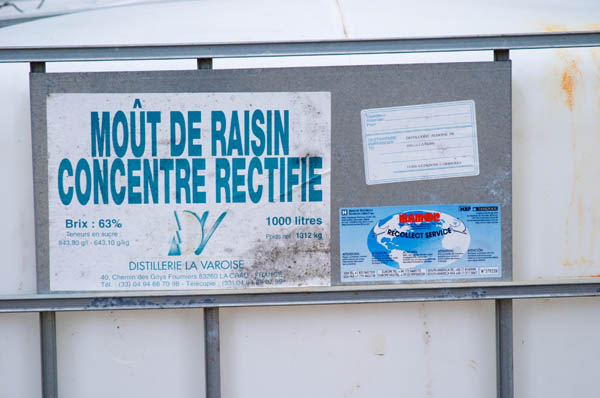
Enrichment, of whom?
Together these two “processes” are called “enrichment”. Both are used to increase the alcohol level in the finished wine. Both work in exactly the same way. Added sugar is transformed to alcohol. The only difference is what the source of the added sugar is.
According to the lobbyist’s numbers some 50 million hectolitres of wine are enriched with one of these methods in Europe (20 Mhl in Italy, 20 Mhl in France, and 10 Mhl in Germany). A third of it is done with chaptalisation, according to what they say.
The lobbyists do not think that it should be obligatory to mention “sugar in the form of concentrated must added”.
Guess why!
The lobbyists represent the producers of concentrated must…
The organisation is called, brace yourself!, “Must” and includes producers like FederMosti, AEMZU, Grap’Sud, and Evoiki.
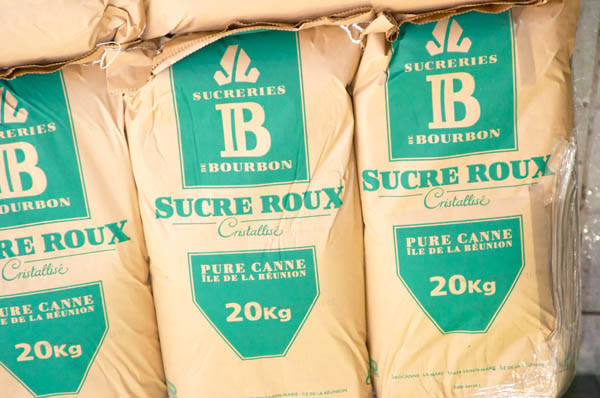
Behind every great man there is … subsidies
Until quite recently the use of concentrated must was subsidised. These subsidies have now been ended (thankfully!). This has of course led to a drop in sales of concentrated must. Concentrated must is more expensive than beet or cane sugar. The first year without subsidies the production of concentrated must dropped from 4.5 Mhl to 3.3 Mhl.
However, technically, as well as from a consumer perspective, it is virtually the same thing, adding “sugar” or adding concentrated must. Both add sugar in order to increase the alcohol level. It also adds to the volume of wine, so adding the sugar (in one way or another) gives the winemaker more wine to sell. Adding relatively cheap sugar, leads to an increased volume (in addition to the alcohol) that can be sold more expensively… See the foot note! (Maybe the term “enrichment” refers to the wineries…?)
But back to the labelling lobbyist!
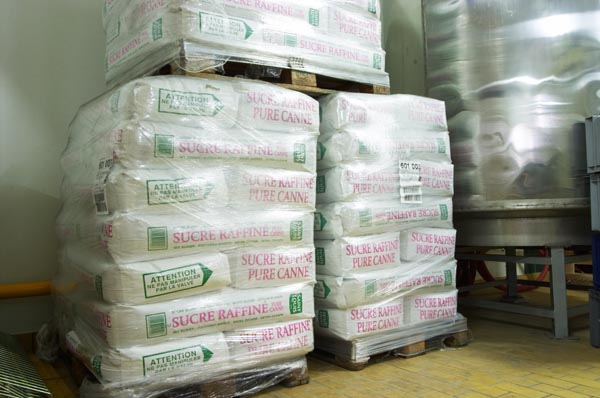
Ahhh, but this is different you see!
I find it a little bit hard to swallow their argument: that it should be compulsory the have the mention “sugar added” when chaptalising, but that it would not be necessary to say “sugar added” when it is added in the form of concentrated grape must. Is it not just too blatantly protecting one’s own self-interest rather than the consumers’ interest? I cannot find any logic in having a mention in one case and not in the other.
There is also a good argument for banning “enrichment” in general (be it as chaptalisation or with concentrated must). Why should it be allowed? But that is today completely unrealistic.
But at the very least, certainly neither chaptalisation nor enrichment with concentrated must should be subsidised! Remove the subsidies if there are any left!
Personally I think it would make sense to have a mention of it on the label. Perhaps “alcohol contents increased by added sugar”? In both cases of course!
What do you think? Should a label mention be compulsory for wines with artificially increased alcohol level? Write a comment!
Read more on Vitisphere.
Foot note:
Let’s make a simple calculation, with very rough numbers. I would guess that in Champagne the average chaptalisation adds around 1.5% alcohol. This means adding some 25 g sugar per litre. Add to that the second fermentation which is about the same: another 1.5% and 25 g. In total then 3% and 50 g per litre.
The total champagne production is in the order of 300 million bottles (225 million litres). That means 11 million kg of sugar added that is transformed into wine. Which adds some 3% alcohol. 3% of 300 M bottles is 9 million bottles, but since alcohol and water packs more densely than just water, if I remember the school chemistry correctly, it becomes a bit less than an additional 9 million bottles. So the added sugar gives perhaps “just” six million additional champagne bottles every year thanks purely to the addition of the sugar. Sugar into wine. Almost magic.
(Yes, you can argue that I should not include the secondary fermentation in this, but it is just for illustration. You could also say that it would be better to look at what enrichment is permitted. The number is between 1.5% and 3% addition of alcohol, depending on the region. And even the hot regions of for example southern France, Spain and Italy are allowed to add sugar! Why? Beats me!)
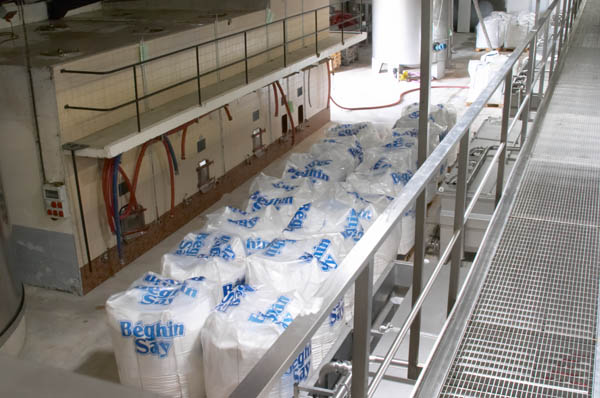


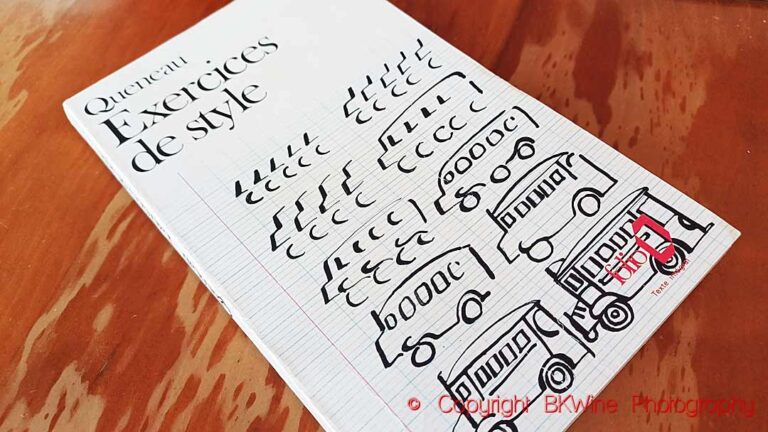

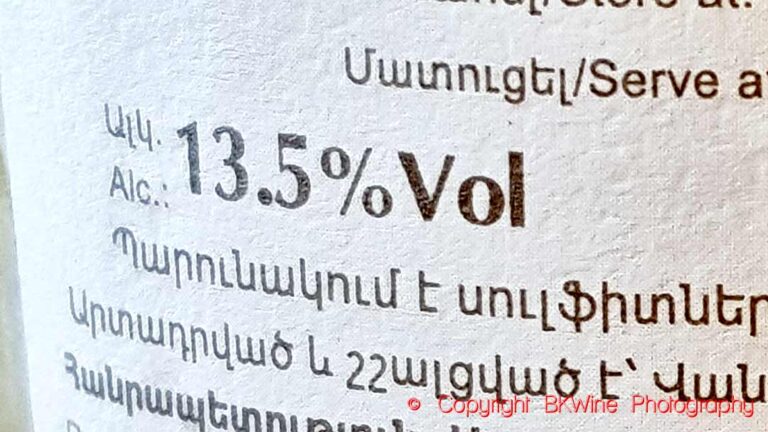





2 Responses
Some of the world’s greatest and most enjoyable wines are made by enrichment.
Will they taste better or, as I suspect, worst without it?
That might be a bit of an exaggeration Georges, “Some of the world’s greatest and most enjoyable wines are made by enrichment.” But maybe not too far from the truth.
But why not let the consumer decide, have it indicated on the label?